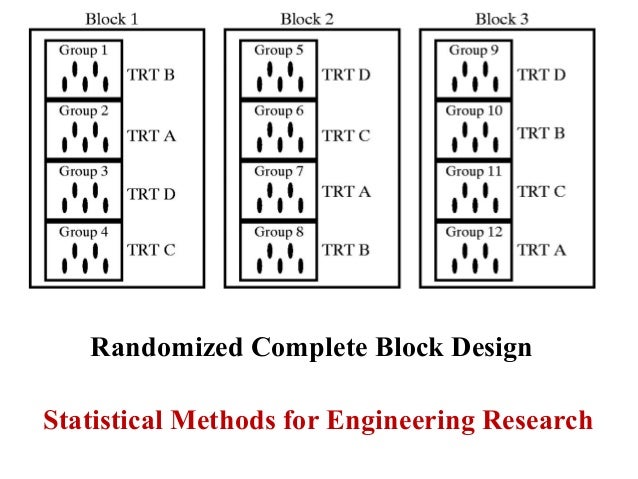

- PSYSCOPE BLOCK RANDOMIZING HOW TO
- PSYSCOPE BLOCK RANDOMIZING UPDATE
- PSYSCOPE BLOCK RANDOMIZING FULL
- PSYSCOPE BLOCK RANDOMIZING CODE
- PSYSCOPE BLOCK RANDOMIZING TRIAL
(folderName is a column in your blocks spreadsheet and stimName isĢ) Consider an experiment to test contrast sensitivity for a range of
PSYSCOPE BLOCK RANDOMIZING UPDATE
Presented in your experiment set the image to update 'every repeat' with Sitmulus names (stim1.jpg.) and around that create a loop for blocks
PSYSCOPE BLOCK RANDOMIZING TRIAL
Set up a loop called stimulus with a set of Trial Types determining Your different stimuli with the same names inside:

To appear for a block/epoch and then randomly chosen 'place' stimuli toĪppear for another block (and maybe scrambled faces). If you really need completely different routines for your differentīlocks then this may not work and it's going to get very ugly veryġ) Consider an FFA/PPA localiser in fMRI. You can create a loop (of blocks) around a loop (of trials or stimuli)Īnd your block loop simply controls one (or more) variable, while the It's a good question Eric and, yes, I think it should be possibleĭepending critically on what differs between the blocks.
PSYSCOPE BLOCK RANDOMIZING HOW TO
I'm not a real Python programmer either but using the Builder view gives a very good insight into how to learn to write in it just well enough to get things done.
PSYSCOPE BLOCK RANDOMIZING CODE
Hope that helps (but bear in mind this is all just code typed into e-mail and I have no idea if it will actually work). # so that it also gets repeated for each loop. # Make sure that the subsequent code which runs each of the trials is also indented we are now loading a variable file name four times rather than a hard-coded one just once. TrialList=data.importTrialList(fileName)) TrialList=data.importTrialList(u'././././Users/michael/parameters.csv'))

Trials=data.TrialHandler(nReps=5.0, method=u'random', extraInfo=expInfo, #set up handler to look after randomisation of trials etc # then find the lines that looks something like these: Random.shuffle(blockList) # reorder them each time create a list of four filenames containing your block information:īlockList = The only Python coding you'll need to do is replace that with a loop so that it runs multiple times, each time loading another (randomly ordered) file. It will have done all the mechanical aspects of creating the experiment for you (Jon has done a great job of this: the code is even nicely commented for you.) This is what we often do in our lab: use the Builder to do the 90% monkey work and then switch to the coder view to add the finer level of control that might be needed.įind the line where the csv file is loaded which contains your trial data for the block. What you could do is use the Builder to set up the study as if there was just one block. I don't use the Builder view much, but although it allows one to randomise the order of trials WITHIN a block, I can't find an obvious way of randomising the blocks themselves.
PSYSCOPE BLOCK RANDOMIZING FULL
One can do that within the Coder view of course, because you have full Python flexibility to do whatever you want. The present study provides innovative data about representation of auditory perception and its modulation by prism adaptation.Good question. Adaptation to a leftward optical deviation affects the auditory perception on an extended auditory spectrum, by shifting the subjective interval center toward high frequencies. The results showed aftereffects of adaptation to a leftward optical deviation for high frequency intervals in musicians and nonmusicians. The second aim of the present study was to evaluate the aftereffects of prism adaptation on an expanded auditory spectrum. The results showed a pseudoneglect behavior in pretest in musicians and nonmusicians for high frequency intervals, reflecting a perceptual bias of the subjective interval center toward lower frequencies. We used the ‘auditory interval bisection judgment’ within three auditory intervals. The present study aimed first at evaluating the representation of auditory frequencies on a wide range of frequencies in musicians and nonmusicians. There is a link between spatial representation and auditory frequency, with an association of low frequencies on the left side and high frequencies on the right side of space. The aftereffects are not restricted to sensorimotor level but extend to spatial cognition.

Prism adaptation consists of pointing to visual targets while wearing prisms that shift the visual field laterally.


 0 kommentar(er)
0 kommentar(er)
